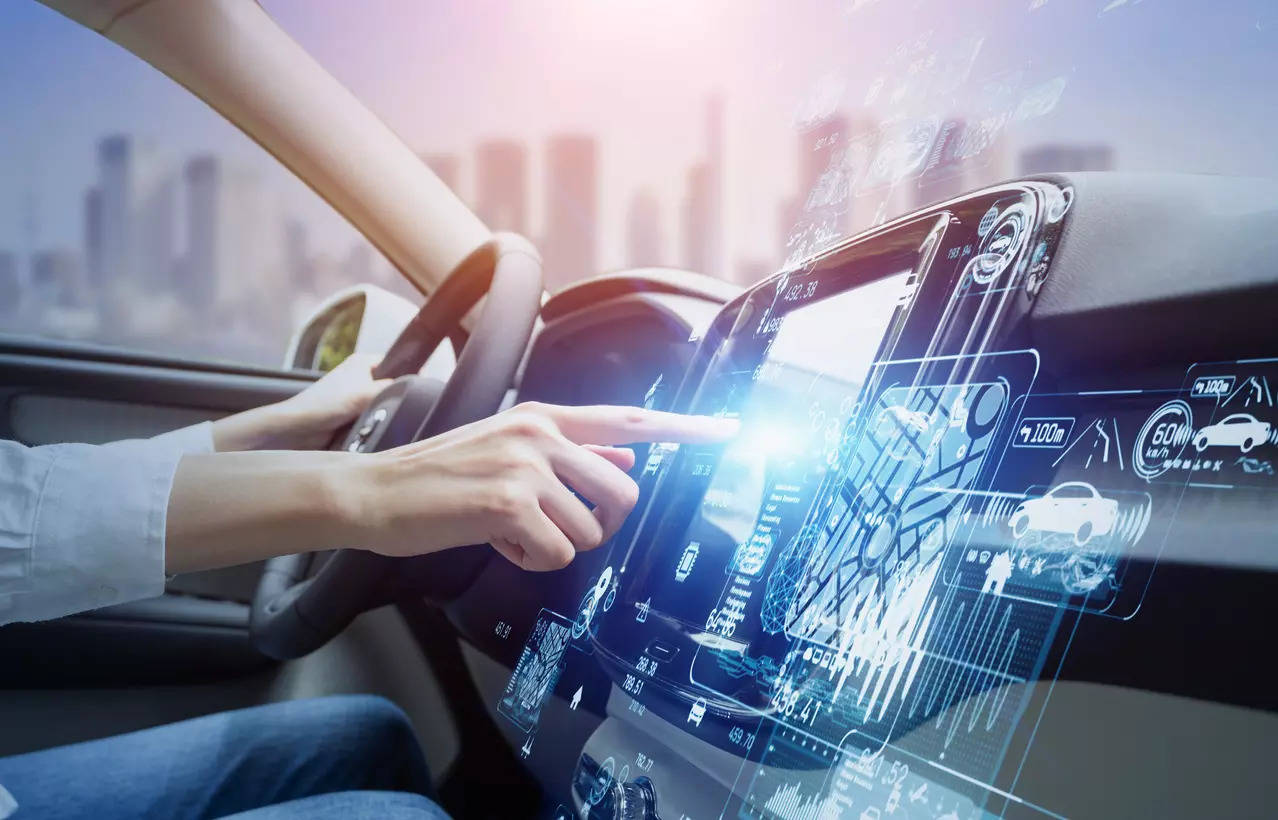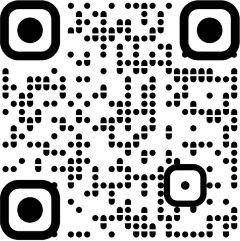
Bengaluru: The car, as we knew it all these years, is becoming a mobile phone on wheels, thanks to the swiftly advancing automobile softwarisation trend. “It is no longer just a fancy statement,” Sriram Lakshminarayanan, President and CTO, Tata Technologies, told ETAuto in an interview, at the engineering service provider’s Bengaluru centre, which is also the firm’s software technology hub.

A few years down the line, there could be a BMW ‘mobile phone on wheels’ powered by software technology developed by engineers in India. The BMW-Tata Technologies joint venture, announced in early April this year, was set up to develop automotive software, including SDV (Software Defined Vehicle) solutions, for the BMW Group vehicles, and also digital transformation solutions for the German major’s business IT. “It is going to evolve as more and more things will come out of it,” Sriram said.
Though BMW’s JV is signed with Tata Technologies, “the consortium as a Tata Group would play in and support”. Along with Bengaluru, the JV will also have engineering hubs in Pune, and Chennai. The JV was decided after “almost a year of efforts” for both the parties to identify the “right partners and things like that”. According to the announcement made earlier, the JV will start operations with a hundred ‘innovators’, and grow to a ‘four-digit’ team in the following years.
Tapping the redefining technology trend
Tata Technologies’ JV with BMW is a major move under its strategy to pivot from an engineering services firm to offer digital engineering services also a couple of years ago. Sriram, who took on his current role a little over two and a half years ago, had his task cut out. “In the last couple of years that we are focused on is all centered around the world is moving towards a software driven enterprise. So even this (the JV) is no different as well,” says Sriram.
Tata Technologies sees software technology dominating in all three domains that it operates in – vehicle development, lifecycle engineering, manufacturing engineering and after sales/aftermarket. The growing industry opportunities also in a way reflect in the growth rate of Tata Technologies’s engineering team. In little over two and a half years, the team has grown from 8,000 to 13,000 engineers.
There’s no OEM with a full SDV in the market yet, but they are set to arrive soon. According to Markets and Markets, a market research firm, the emerging SDV space could be as big as USD 419.7 billion by 2028.
The software-defined car, pretty much like today’s smartphones, may not be the best the day the customer buys it, because the over-the-air updates will help it keep getting better. “So that means it’s not just software, it is also about the firmware, hardware and its ability to observe that software. So it is becoming one seamless integrated machine that is coming into it,” says Sriram. Firmware and middleware technologies are crucial layers in the highly softwarised vehicle architecture.
There are some fundamental parts that have to be in place well for an SDV to be successful as it is as much, if not more, about the user experience as it is about the driving experience. “You need to have connected (tech) you need to have good UIs (User Interface), you need good HMI (Human-Machine Interface), you need good touch and feel, you need things like Gen (Generative) AI things which can understand what you’re doing,” says Naveen Kalappa, Global Practice Head – Embedded and Electronics, Tata Technologies.
Three objectives, among others, have been the industry’s evergreen targets – new lines of revenue, operating cost reduction, customer experience enhancement. The softwarisation trend promises to address them better than ever before. For example, global auto Group Stellantis has a target to generate additional revenue to the tune of Euro 20 billion from its SDVs by 2030.
The UX (User Experience) part of the customer’s experience with the vehicle will be more critical than ever before in the SDV era. More so since the car is increasingly becoming the third living space, after home, and office. “We will be paying for that experience, entertainment,” says Gowthaman Swarnam, Global Practice Head – Digital, Tata Technologies.
SDVs and autonomous driving
The Autonomous Driving megatrend highly depends on software technologies, with AI and ML as key ones. While it plays the enabler’s role, software tech development has to cover some more distance before driverless car technology becomes main stream. A lot more testing and validation is required, because unlike a mobile phone, a software glitch or hack, an SDV failure can also be fatal. That’s where meeting functional safety standards becomes extremely crucial.
“Some of our partners are extremely good in bringing that user experience and GUI (Graphical User Interface) part of it. What they lack is that (expertise in functional safety), which is our strength. But we have gained this strength by working in other industries, basically, electronic industries,” says Sriram.
New skill sets required
Like many other technology companies, and Tier 1 suppliers, Tata Technologies is also beefing up its team, with a fair share of people with new skillsets. An SDV connects the car to the cloud, which requires a new kind of a gateway or platform. “And the skill sets there are more mobile phone-centric and more IT-centric because of the cloud. We use a lot of cloud native technologies,” says Kalappa.
Softwarisation of the ecosystem
As much as SDV is a growing trend, software technologies are permeating the vehicles ecosystem, including manufacturing, retail, and after-sales/aftermarket. “It has completely changed. Instead of the CIO, you are now talking to all the different functions. You are talking to the manufacturing Heads, you are talking to the chief engineers, you are talking to the Chief Marketing Officers in terms of, you know, how do I run this campaign?, for example,” says Sriram.
On the manufacturing side, Sriram says that software technology adoption has moved much beyond being a piecemeal type of thing. “About five, seven years ago, if you look at it people used to look at it as a piecemeal type of a thing, like having a mobile app to click a picture of any discrepancy and alert the system. “That is also software. But now what is happening is people are talking about end to end software in the manufacturing process. Which means your product lifecycle management, your manufacturing execution system, your ERP, which is your SAP or any of it, how do they talk to each other? What is the role of connections of data that flows in? And more importantly, everything is cloud first now,” he says.
From transforming the car to a mobile phone on wheels, to enhancing sustainability through reduced wastage and increased productivity, new-age software technologies are set to transform the world we live in. While Tata Technologies advances to tap a growing field of opportunities in automobiles, and also in the factories they are made in, the INR 2,700-crore company which got listed six months ago, also has some formidable competitors to play against in its journey.

















